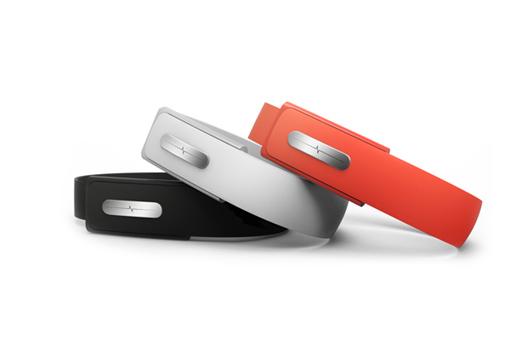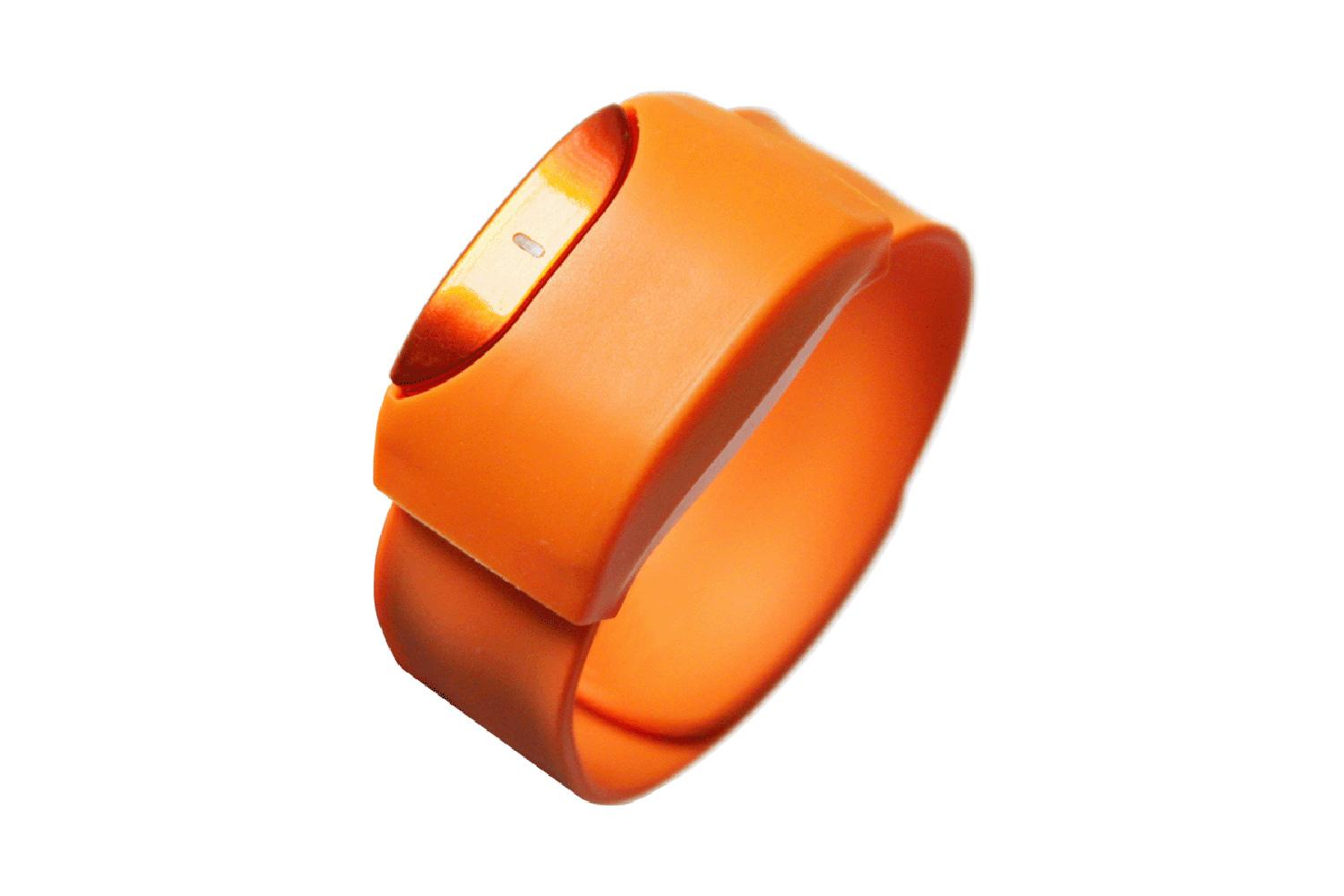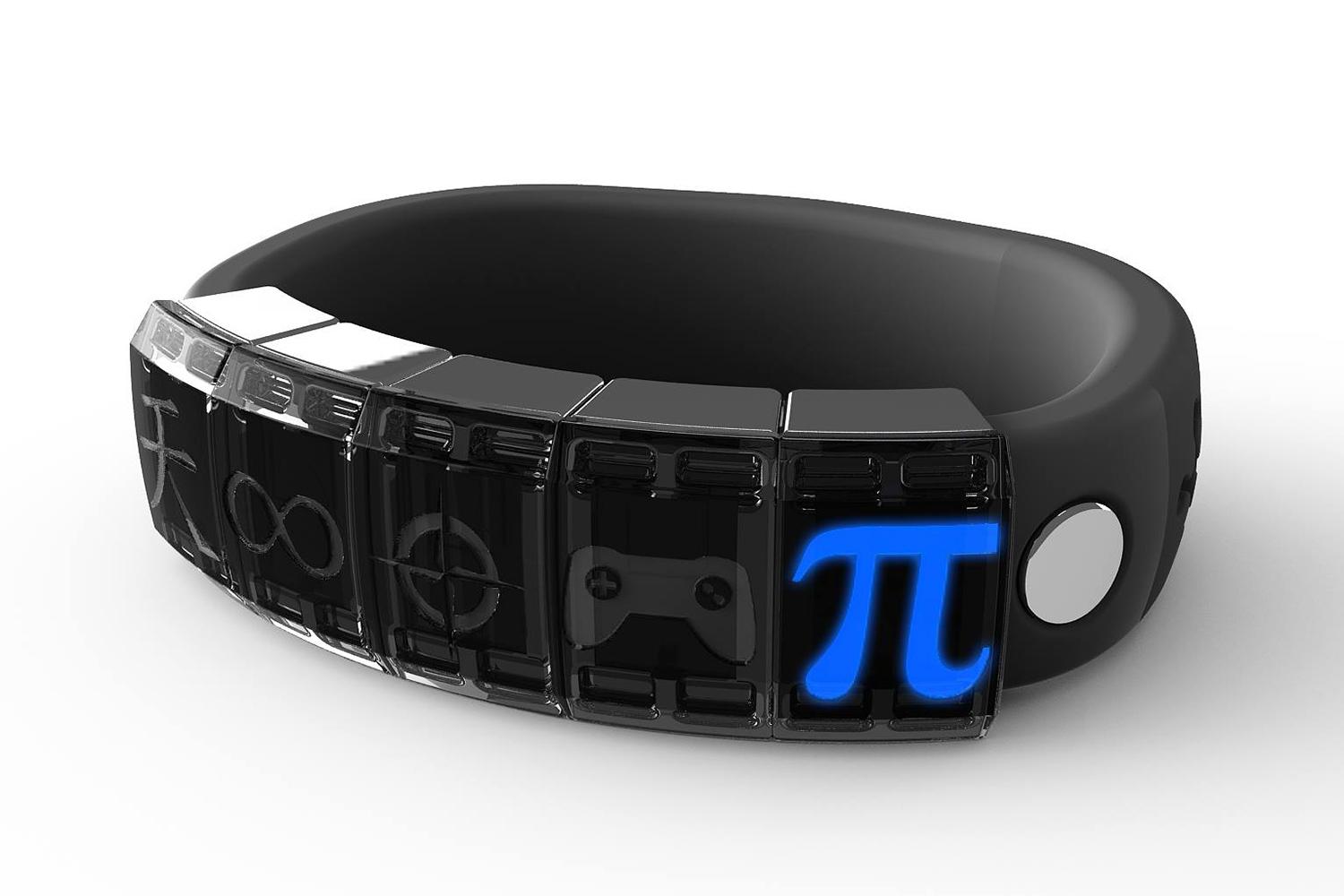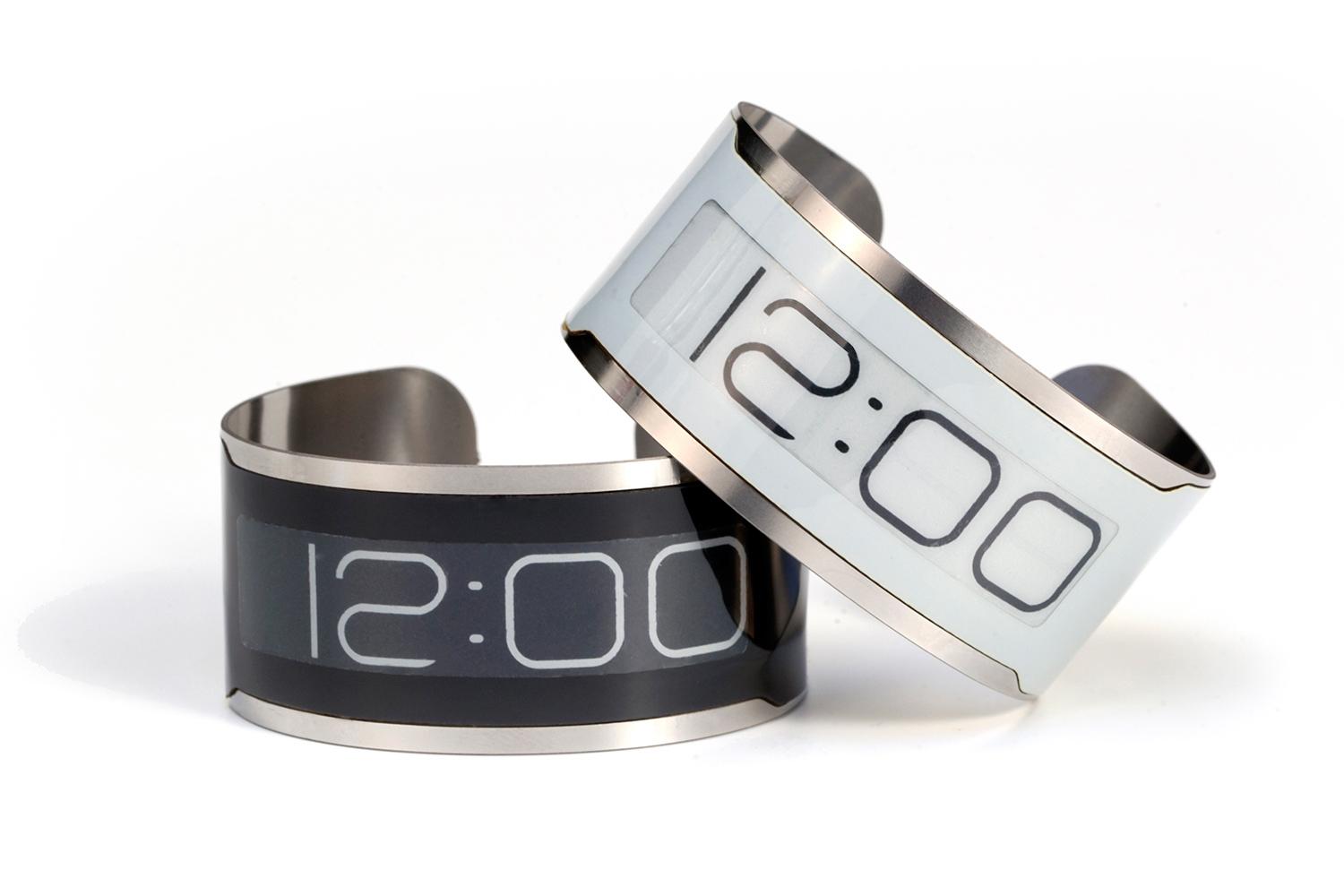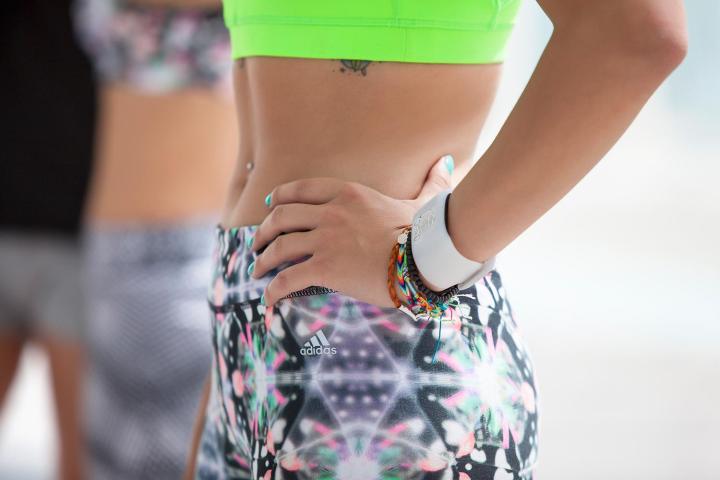
That was the message at day two of the Wearable Technologies Conference in San Francisco, where pioneers from all over the world gathered to share their latest inventions.
And we’re apparently eating them up. According to Gartner and ABI Research, consumers will have snatched up 200 million wearable gadgets by 2020. Activity trackers are leading the way right now – 2,350,000 were purchased in 2013 alone, compared to just 510,000 smartwatches. But those numbers are already expected to even out this year with 10 million fitness trackers and 7 million smartwatches sold.
The message is clear: We’re ready to embrace wearable tech, and creative products companies are concocting to do it are more comfortable, attractive and useful than ever.
To your health!
Of all the different applications for wearable tech, healthcare may be the most promising: They’re expected to outpace all the rest by 2019. Pacemakers and chest-strap heart-rate monitors are just the beginning – other types of wearables will solve problems you may not have known existed.
Take, for instance, the fact that nurses have a 40-percent miss rate with needles, simply because they can’t see the veins they want to hit. A company called Evena solves that with its Eyes-On Glasses, eyewear that incorporates multi-spectral imaging, literally allowing the wearer to see veins through the skin.
Or the fact that 368 million doctor visits per year are for a simple blood-pressure measurement. Qardio addresses this with two products: QardioCore, a continuously measuring chest strap that transmits data to your doctor via a remote app, and QardioArm, a personal blood pressure cuff with a user-friendly companion app.
And let’s not forget about brain health. Not many of us want to have a slew of electrodes attached to our scalp and face, even if we do, traditional EEG methods are prohibitively expense. Enter the Emotiv neuroheadset, a portable EEG system that monitors and interprets expressions, emotions and cognitive thoughts. The company’s technology is open to third-party development, and the headsets can also let users create music and art, control wheelchairs and virtual keyboards, and play games with their minds.
All about wristables
Devices worn on the wrist are by far the most popular wearables at this time. In fact, they’re even making a splash at the World Cup — the German national soccer team uses Adidas’ miCoach Elite system. The company also just launched Fit Smart, an activity tracker designed for running and fitness that is paired with the company’s miCoach training app, and partnered with Google for the launch of Google Fit.
But tracking your heart doesn’t just have to be for exercise. The Bionym Nymi uses your cardiac rhythm – as unique as a fingerprint – to authenticate your identity, offering the potential to unlock and control other smart devices as you near them.
We also saw two wristbands aimed at the younger set. The Moff is a wearable smart toy that lets kids play with any objects around them. Kids select the type of toy from a companion app, which dictates the sounds and vibrations emitted. “You won’t have to buy your kids drums!” co-founder and CEO Akinori Takahagi explained with a laugh. He hopes this will help eliminate both the economic and ecological cost of plastic toys, and encourage more activity and social interaction.
- 1. Bionym Nymi
- 2. Moff
- 3. Nex Band
- 4. Central Standard Timing
For teens and tweens, we saw the NEX Band, a charm bracelet of sorts in which kids add and trade Mods, which are snap-on pieces directing different app functions. Mods can keep track of where they’ve been, and also alert you to the proximity of friends.
Other gadgets competing for your wrist include the SunFriend, which helps you monitor your UV exposure, and the Central Standard Timing CST-01 watch, proclaiming to be the thinnest in the world.
Eyes on eyewear
Although wristables will probably maintain their popularity, we’re likely to see a sharp rise in smart eyewear, especially as it becomes much less dorky-looking. No surprise, that’s a big focus at the moment. Kopin, a builder of many wearables including glasses, focused on showing off its much more stylish frames at the event.
That said, there’s plenty of innovation going on under the hood as well. A group of researchers presented Amoeba, which measures skin conductance, pupil dilation and breathing rate to assess interest and provide intuitive bookmarking for files, photos and websites.
Others focused on business use cases. XOEye creates smart glasses aimed at blue collar workers, which act as safety glasses while incorporating a wireless video feed that allows remote colleagues to see and hear real-time activity and help assess problems. ZEISS presented its Cinemizer virtual-reality video glasses, which doctors and dentists can put on patients to distract them and reduce anxiety.
And all the rest
So we’ve covered our wrists and eyes — how about sticking something in our ears? As it turns out, that’s a good place to gain insight on vital signs. That’s precisely what cosinuss is doing with its C-SP01 sensor, a small waterproof earpiece aimed at athletes that monitors heart rate. The next iteration will add music playback, motivational cues and audible heart-rate feedback, while future models may measure body core temp and oxygen separation in the blood.
Truly committed to wearable tech? Some of it is either tattooed onto or implanted in the skin. Electrozme presented the former in the form of a temporary screen printed tattoo that can extract biomarkers from your skin and sweat. Aimed at athletes, the sensor can detect lactate, electrolyte and hydration levels.

Finally, there was a welcome nod to the fact that the vast majority of wearable tech is hideously ugly and ignores the fact that many people don’t want to go around wearing the same thing day in and day out.
Deepa Sood offered a breath of fresh air with Cuff, a cufflink that can be transferred between different pieces of beautifully designed jewelry. The first iteration of Cuff, which is already completely sold out, is a security-based device that allows the wearer to send an SOS to a select group of people if she is in trouble. It then informs them of her location, provides a live audio stream and drops breadcrumbs as she moves. There’s also the option to allow specific contacts to “buzz” your Cuff if they are trying to contact you — handy for those who keep their phones deep in the recess of a purse. The next-generation product, due out in September, will add notifications and fitness functions.
For those of us who already own an activity tracker of questionable fashion, YooLoo offers a solution in the form of lightweight, soft leather pouches with a variety of personal touches.
No doubt about it: We’re barely beginning in the battle of the wearables, and it will be pretty awesome to see what this space morphs into in the next five years. What are your predictions?
